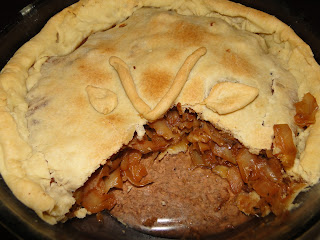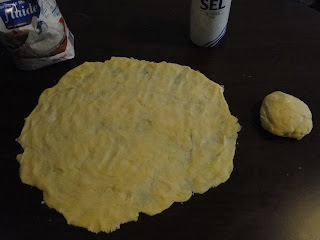1.
The
ingredients are easy to find and you probably have them at home already
2.
It’s
one of those classic ‘toss everything in’ recipes,
3.
It
smells like Christmas in a box.
4.
It’s healthy and has a good dose of iron in
the oatmeal.
Did I convince you to make them now? J
Oh, and they’re the soft type of cookie, not
the crunchy type, which is my personal favorite.
Here’s what
you’ll need:
- 3 cups of oatmeal
- 1 cup flour
- 1 cup brown sugar
- ½ cup white sugar
- ½ cup soy milk
- ¾ cup margarine
- ½ teaspoon salt
- ½ teaspoon baking powder
- 1 teaspoon vanilla
- 2 teaspoons of all spice, or 1 teaspoon cinnamon, ½ nutmeg and ½ cloves
- 1 cup raisins
Add both
sugars with margarine and mix until fluffy.
Slowly add the soy milk, mix well. Add flour, baking soda, and spices.
Mix until smooth, and add the remaining ingredients.
I find that
the cookies taste better after the batter is refrigerated for at least half an
hour, but you can bake them now. Drop
them on a greased cookie sheet, making round balls. Bake for about 20 minutes to 180°C.
And wait for them to cool down before eating or they'll be all crumbly!!! Sheesh. I've done that 3 times now until I've learned my lesson.
And wait for them to cool down before eating or they'll be all crumbly!!! Sheesh. I've done that 3 times now until I've learned my lesson.


































